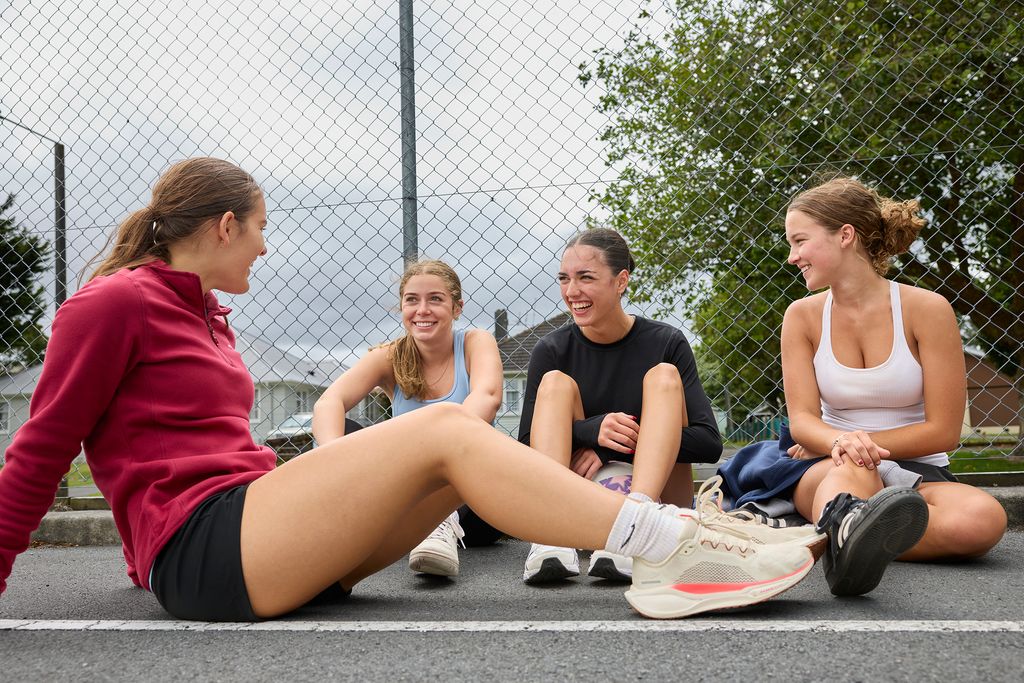Concussion in sport and recreation
Concussion is a brain injury. It can happen in any sport or recreation. You don’t have to get knocked out or even be hit on the head to be concussed. Concussion is everyone’s responsibility – everyone can learn to recognise the signs and what to do.
On this page
Recognise the signs and symptoms
You should suspect concussion if you notice one or more of the visible clues, signs, symptoms, or errors in memory questions.
This content is based on information from the Pocket Concussion Recognition tool 6 ™
- Loss of consciousness or responsiveness
- Falling unprotected to the ground
- Lying motionless on the ground or slow to get up
- A dazed, stunned, blank or vacant expression
- Appears confused or disorientated
- Appears unsteady on feet, balance problem or falling over
- Visible facial or head injury
- Grabbing/clutching of head
- Impact seizure or convulsion
Failure to answer any of these questions correctly may suggest a concussion.
- “What venue are we at today?”
- “Which half/quarter is it now?”
- “Who scored last in this game?”
- “What team did you play last week/game?”
- “Who won the match last week?”
Physical symptoms
- Headache
- Pressure in head
- Balance problems
- Blurred/double vision
- Neck pain
- Nausea/vomiting
- Dizziness
- Sensitivity to light and/or noise
- ‘Don’t feel right”
- Fatigue
- Drowsiness
- More emotional
- Inappropriate emotions
- More irritable
- Sadness
- Nervous or anxious
- Difficulty concentrating
- Difficulty remembering
- Feeling slowed down
- Feeling like “in a fog”
- Confusion
Red flags
Seek URGENT medical help (either go to A&E or call 111 for an ambulance) if the person has any of the below.
- Loss of consciousness or seizures
- Increasing confusion or irritability
- Severe or increasing headache
- Repeated vomiting
- Unusual behaviour change
- Weakness in arms or legs
- Seizure or convulsion
- Double or blurred vision
- Report of neck pain or spinal cord symptoms - numbness tingling, muscle weakness
- Personal medical history of bleeding disorder or regular medication use that could result in prolonged bleeding, e.g. Warfarin, Aspirin
- Visible skull deformity
Help an unconscious person
Apply first aid principles:
- DRSABC (Danger / Response / Send for help / Airway / Breathing / Circulation.
- Treat all unconscious people as though they have a spinal injury.
- An unconscious person must ONLY be moved by personnel trained in spinal immobilisation techniques, unless the (person) is in immediate danger.
- Do not remove the helmet until trained personnel are present.
- Urgent hospital care is necessary if there is concern regarding the risk of structural head or neck injury – call 111.
Refer them to a health practitioner for assessment
It is useful to have a list of medical service providers that are close to where the sport/recreation is taking place.
A pre-activity checklist of medical service providers could include:
- Local doctors or medical centre
- Local A&E Centre
- Local hospital emergency department
- Concussion clinics
- Ambulance services (111)
What happens next
Make sure you are fully recovered before you return to sport or recreation. Follow the recognise, remove, recover, return guidance:
- Initial concussion management involves physical and mental rest until the acute symptoms resolve
- A graduated programme of physical and mental activity, guided by a health practitioner trained in concussion management
- It is strongly recommended that the person received clearance from a health practitioner experienced in concussion management before returning to contact training and / or full competition

